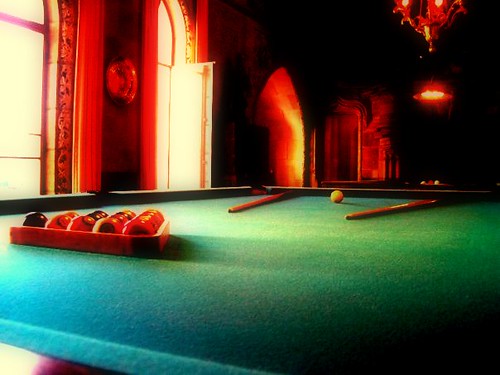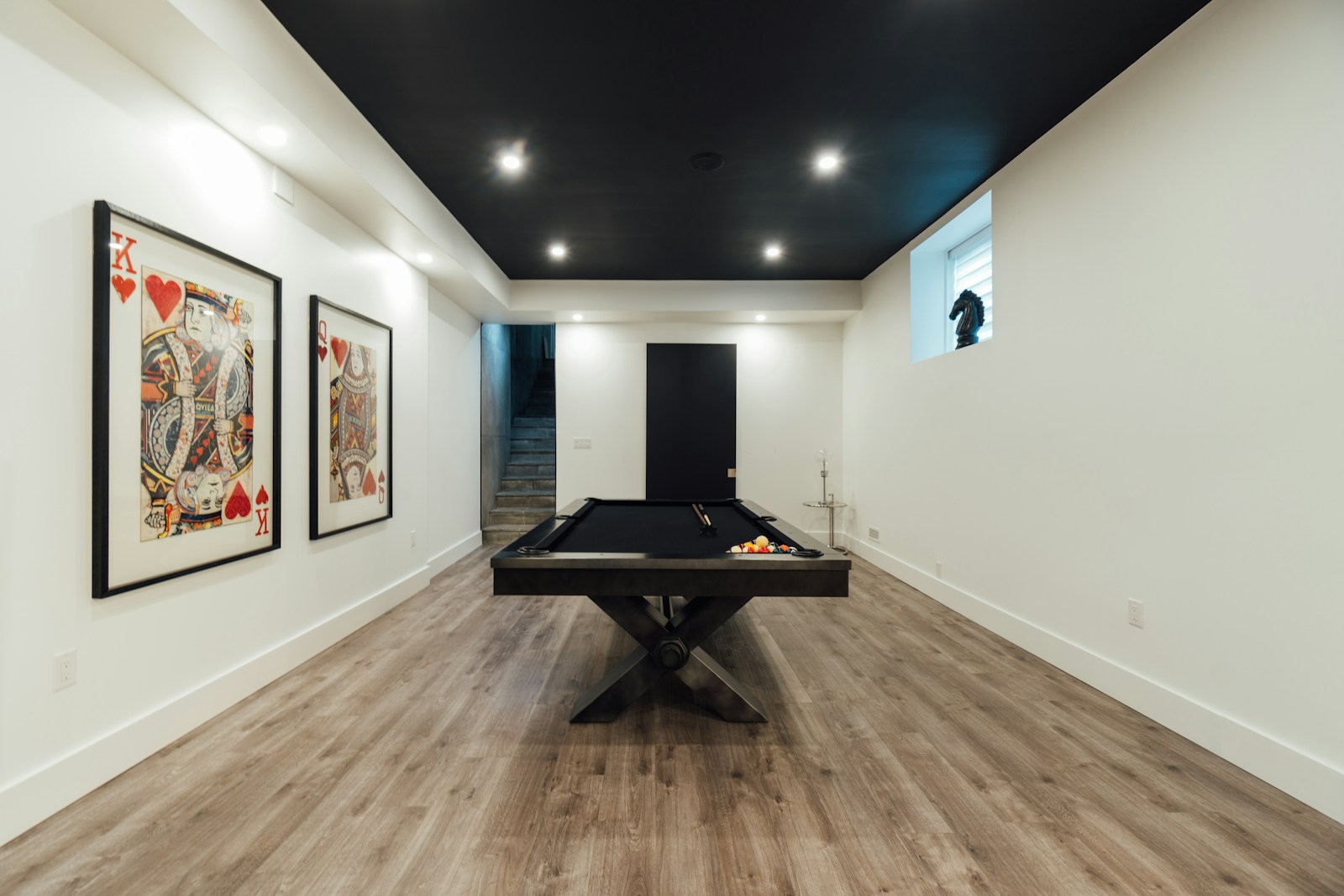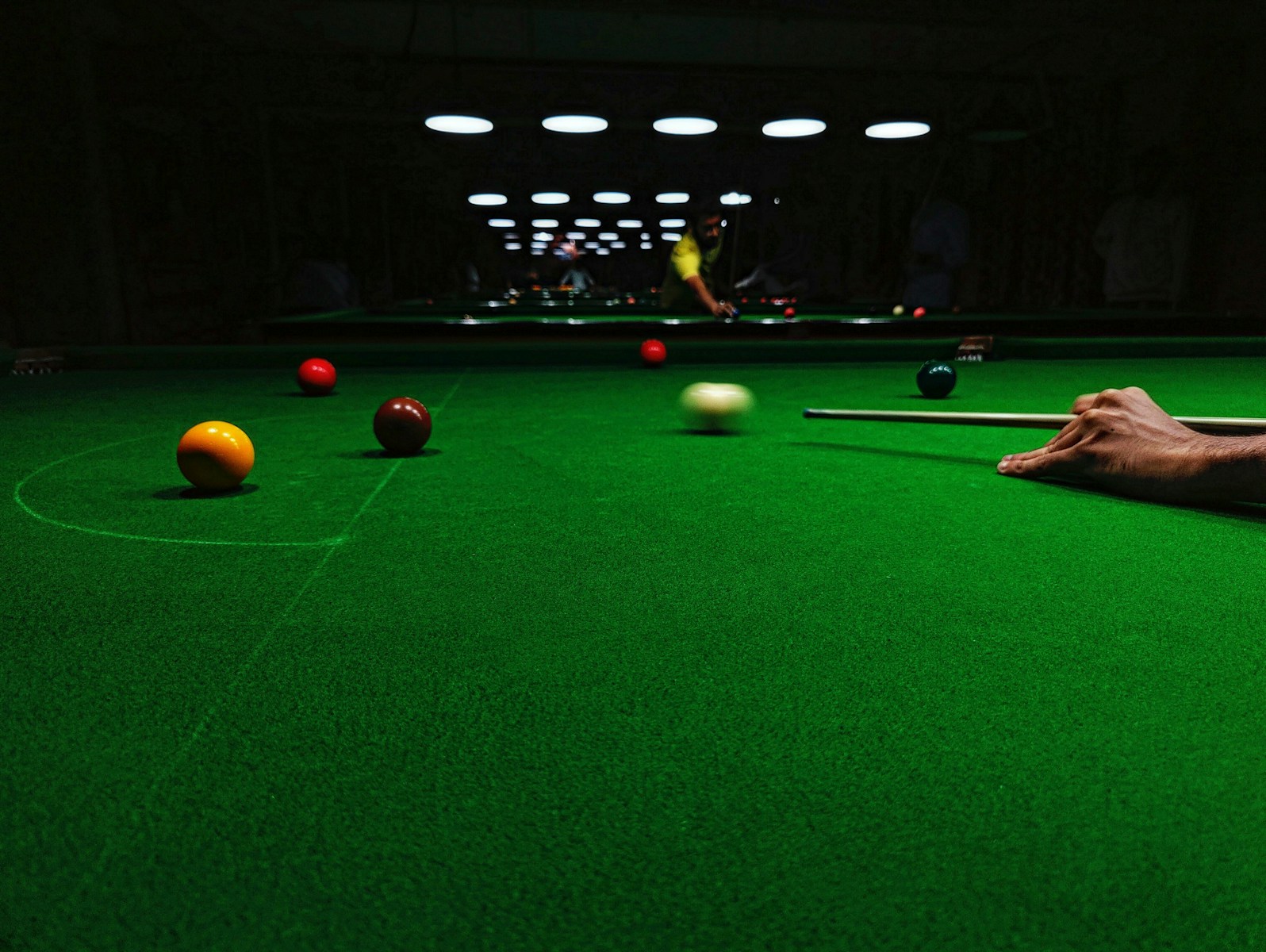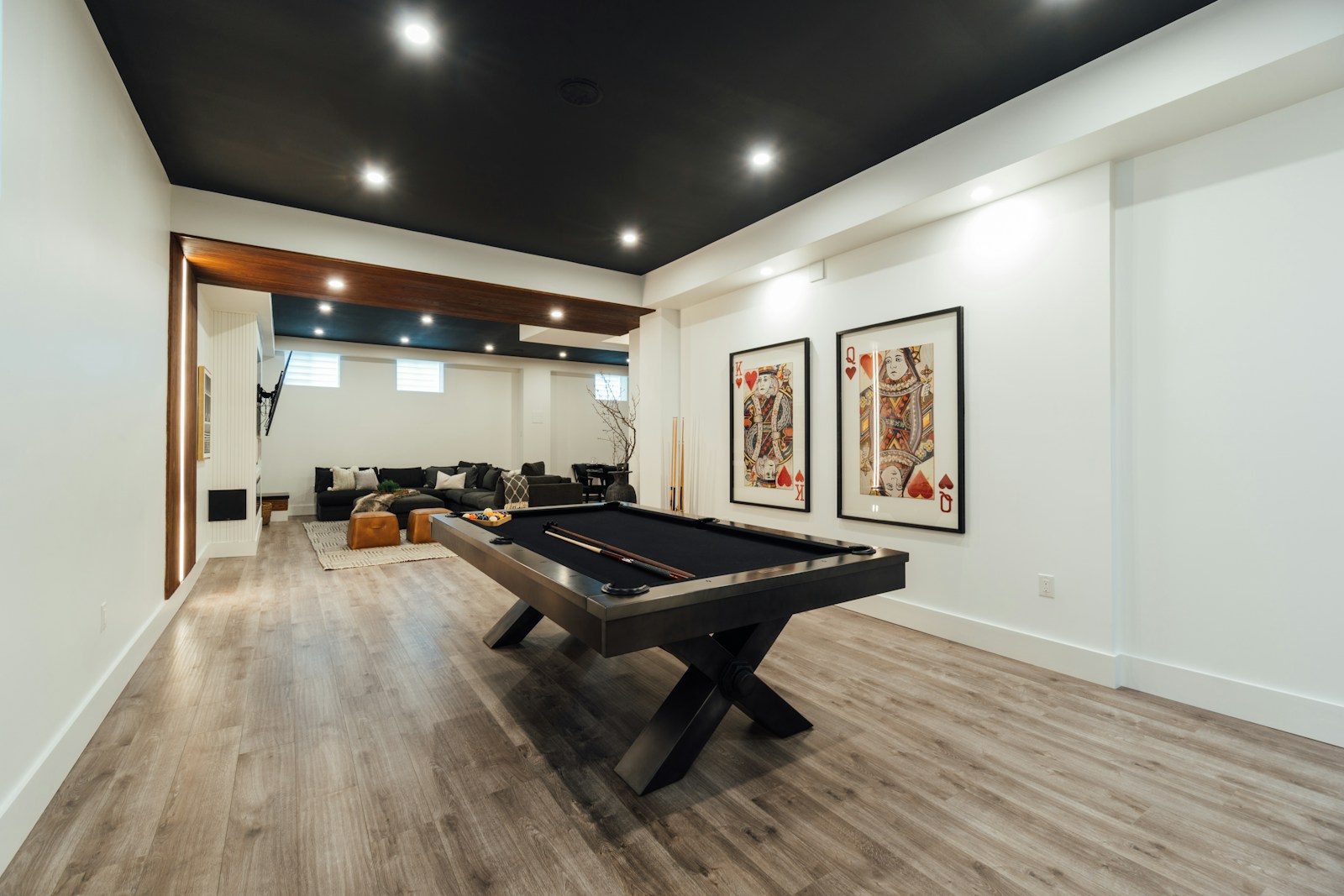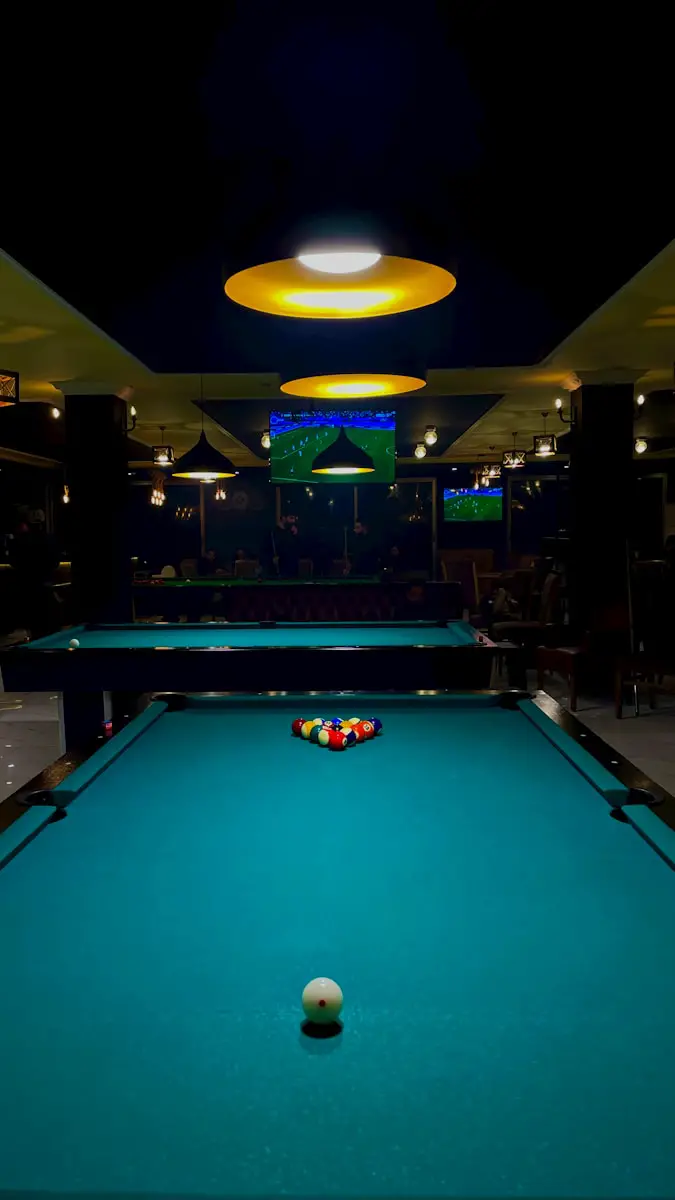
Preserving the Legacy: Historic Billiard Tables and the Museums that House Them
Billiards, a timeless cue sport entwined with rich history and cultural significance, echoes through centuries, connecting players and enthusiasts on a global canvas of game tables. Yet, beyond the taut felt surfaces and the resonant clack of balls lies a unique legacy weave the classic sport into the fabric of heritage. This is the untold narrative of historic billiard tables and the museums ceaselessly devoted to preserving and celebrating their heritage.
For billiards aficionados, exploring the history of the game is akin to unraveling a vibrant tapestry of craftsmanship, innovation, and entertainment. In this comprehensive blog post, we venture into the heart of billiard culture, understanding the value of each table, and acknowledging the undertakings of museums in safeguarding these ageless artifacts.
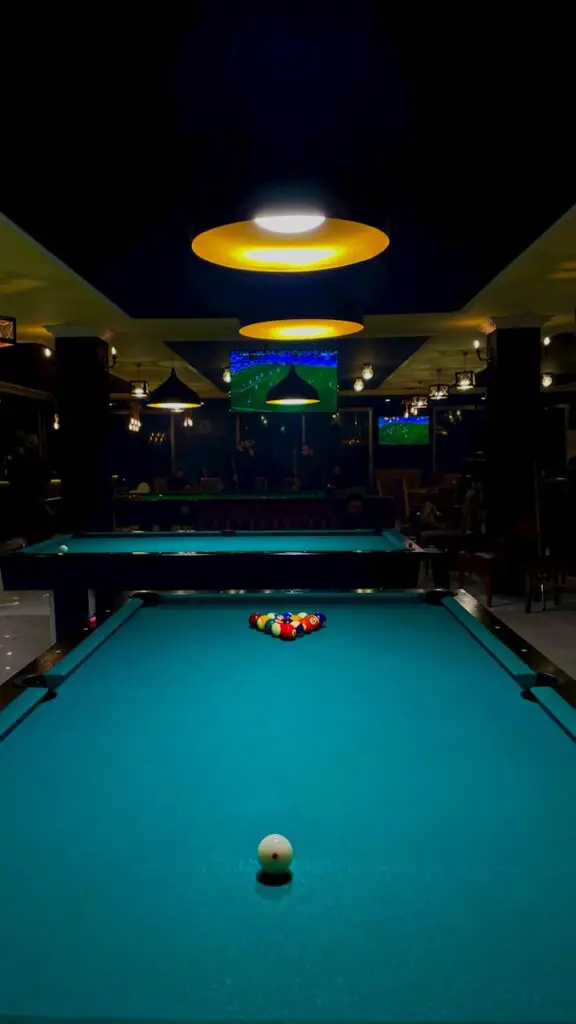
Evolving Elegance: The History of Billiard Tables
The story of billiard tables is a story of continual refinement and change. From their origins in medieval Europe to their ascent in the salons of nobility, billiard tables have undergone significant evolutionary leaps in design and function.
A Tale of Transformation
The first mention of a billiard table appears in the 15th century, but it wasn’t until the 19th century that the quintessential rectangular table we know today took shape. Innovations in cushioning materials, such as cow hair, canvas, and later rubber, revolutionized the game, paving the way for the precision and playability synonymous with modern billiards.
Icons of the Eras
Each historic billiard table carries within it the echoes of its era. Be it the opulent designs of the 18th-century French tables, the heavy, solid structures of the Tudor-era billiard boards, or the sleek industrial lines of Victorian-era tables, craftsmanship speaks volumes about the tastes and technologies of bygone times.
Pockets of Influence
The introduction of pockets transformed the game from one of striking balls to mere defense into the dynamic, skill-driven sport we appreciate today. The metamorphosis of the pockets—from the early ones which were mere slits in the table to the deep leathered receptacles—highlights the sport’s progression and the tables’ adaptations.
Not Just Pieces of Furniture: The Legacy They Hold
Historic billiard tables are not just antiques; they are living testaments to an art form that has stood the test of time, both as a game and a cultural phenomenon.
Pillars of Community
In their prime, these tables were the focal points of communities, where players and spectators alike gathered to share in the camaraderie of the game. The presence of a billiard table in a town or village was often a sign of prosperity and community spirit, making these tables much more than a mere object of leisure.
The Architects of Styles
Each table, crafted with individual care and often ornately decorated, became a symbol of the craftsman’s artistry. The tables’ designs reflected the fashions and tastes of their respective epochs, preserving a snapshot of design and decor that would otherwise fade from memory.
Tools for Training
For billiards legends and novices alike, historic tables offer the opportunity to connect with the rules and strategies of the past. Restorers and curators continuously strive to maintain and present these tables in their original playing condition, ensuring a tangible link between contemporary players and the game’s rich legacy.
Museums and Their Mission: Guardians of Billiard Heritage
Museums serve as solemn guardians of the billiard heritage, paintings freeze-framing the story of each table’s voyage through time.
Curating Timeless Stories
In these hallowed spaces, each table’s tale reverberates, as curators compile exhaustive histories of provenance and significance. From the tables graced by royalty to those withstood the chaos of war, the stories behind these game tables are as diverse and compelling as the individuals who played upon them.
Challenging the Ephemeral
Preserving billiard tables, often constructed from delicate materials susceptible to wear and decay, is no simple task. Museums undertake rigorous conservation measures, from climate-controlled storage to chemical treatments, in order to protect the tables for future generations.
A Haven for the Historical
Museums offer not just preservation, but a platform for education and appreciation. Through their exhibits, museums present the billiard table not only as a sports instrument but as a cultural barometer, reflecting shifts in society, technology, and leisure habits.
Engaging the Enthusiasts: A Call to Community
Billiards aficionados can play an active role in the preservation of the sport’s heritage, galvanizing a new generation to champion the cause.
Participatory Preservation
Community support is integral to the sustained vitality of billiard heritage. From donations to volunteering, individuals can make meaningful contributions to ensuring the tables’ lasting legacy.
Events and Acknowledgments
Gathering around these historic tables, whether during restoration events or celebratory tournaments, fosters a sense of shared purpose and appreciation. Recognizing individuals and institutions that excel in preservation further propels the community towards its collective goal.
Leveraging Modern Platforms
In an age of digital interaction, billiards enthusiasts find a powerful ally in social media and online communities. By sharing stories, images, and advocacy efforts, the online sphere can amplify the importance of billiard heritage, engaging even more individuals in the cause.
The Legacy Lives On
The task of preserving historic billiard tables is not a solitary one. It is incumbent upon all who value the heritage of the game to unite in this endeavor, ensuring that future generations can inherit the same tables that have inspired and entertained through centuries.
Closing Remarks
The resonance of each billiard table’s legacy extends far beyond the reach of its tapered cues. It is a legacy that embodies the human quest for precision, competition, and connection—a legacy that has been carefully entrusted to the museums and enthusiasts of today. In appreciating and safeguarding the story of billiard tables, we honor not just the game, but the countless narratives sewn into their rich tapestry.
Call to Action
For billiard enthusiasts around the world, this is a beckoning to action. Whether through a visit to a local museum or through supporting online initiatives, each of us is responsible for the story we leave behind. Join in the communion of preservation, for in doing so, we secure the spirit of the sport for the future players who will trace their legacy back to these very tables.



